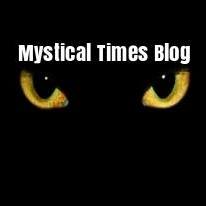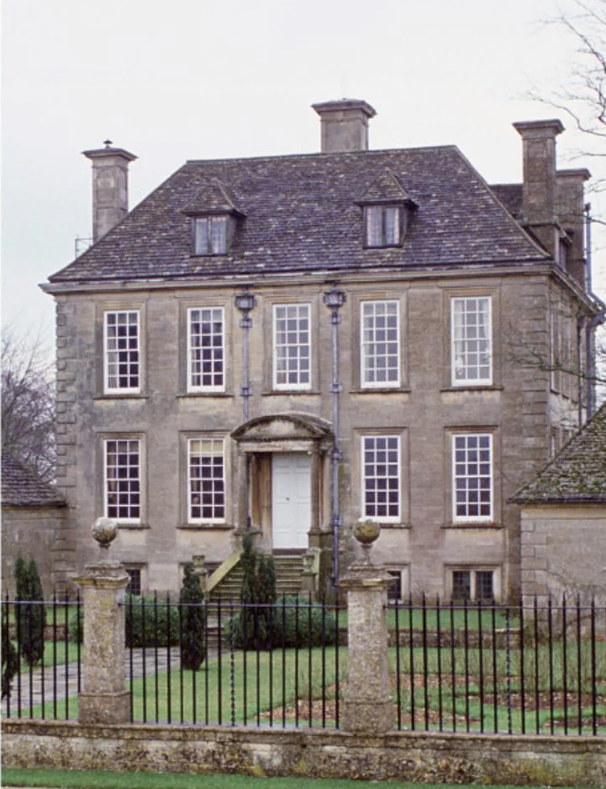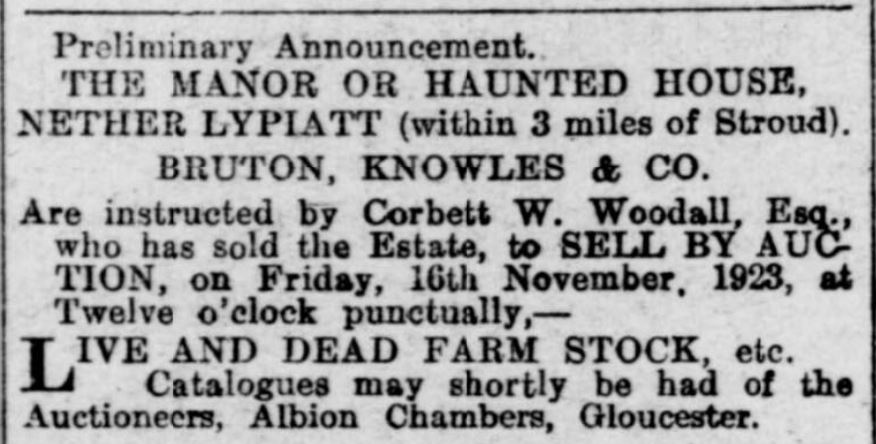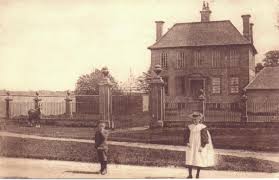The house has had several well known (and very rich) owners but the
ghosts of Nether Lypiatt all seem to come from the time Judge Coxe resided
there. The house has a beautiful set of wrought iron gates and the folklore
here is that Judge Coxe had a case before him and the accused was a talented
blacksmith. It is said that Judge Coxe offered the blacksmith a deal; make him
the most perfect iron gates or he would be hanged for his crime. It is never
stated what crime this blacksmith was accused of, only that the blacksmith
agreed to undertake this task. The judge added that if the blacksmith were to
fail, he would be hanged.
The blacksmith, under the threat of being executed, started making
these perfect wrought iron gates. He spent weeks making the gates until he felt
they were, in fact, perfect. When the gates went up, Judge Coxe went to look at
them and found a small imperfection. It was then that the blacksmith was hanged
but before he was, the blacksmith cursed the judge, his house and lands. Any
bad luck that the occupants of Nether Lypiatt was blamed on this curse.
It’s also said that the son of the judge hanged
himself in the house but there are no records which show this to be true. There
was one living thing that Judge Coxe seemed to very much love and that was a
horse called Wag. It is said that this horse lived to a ripe old age and that
he was a very clever animal indeed, The occupants at Nether Lypiatt, would
attach panniers to the horses saddle with shopping lists inside and Wag would
make his way over to Stroud, where the shopkeepers would greet the horse and
look into the panniers for the lists, then place those items inside the
panniers. Wag would then return back to Nether Lypiatt and the shopping would
be done!
There is a bronze obelisk amongst the trees by the house and there is an inscription to the horse and it read;
‘My name was Wag that rolled the green,
The oldest horse that ever was seen,
My years they numbered 42,
I served my master just and true’
The judge was considered hateful to blacksmiths but fond of animals by the townsfolk of Stroud and you can see why.
The house and its lands are said to be haunted by the hanged blacksmith
and Wag the horse and it is said that on every January 25th, that the ghost of
the blacksmith sits on top of a ghostly horse and crash through the wrought
iron gates, with the blacksmith wailing out loud. This is said to have been the
date the blacksmith lost his life.
Another occupant of the house, a Mrs Violet Gordon-Woodhouse moved there in 1923. She lived a very bohemian and hedonistic lifestyle at Nether Lypiatt. She was the first harpsichordist to have her playing recorded and broadcast, She had prodigious abilities in her playing the harpsichord and clavichord. She was married but in name only and took on several lovers, both male and females, some of whom resided with her and her husband at Nether Lypiatt. The ghosts were widely spoken about during Violet’s life in the house and when her nephew took up residence there, after Violet's death, the blacksmith’s curse was blamed for any bad luck such as divorcees. Accidents. deaths of pets etc
Her own family background was also notable in the sense of how she inherited her fathers immense wealth. It is said that her 2 unmarried sisters, to whom her father left all his wealth and possessions to, were murdered by their butler so the money went to Violet. You can read about Violet’s life here https://www.amazon.co.uk/Jessica-Douglas-Home-Violet-Woodhouse-Hardback/dp/B001ISMJZW











